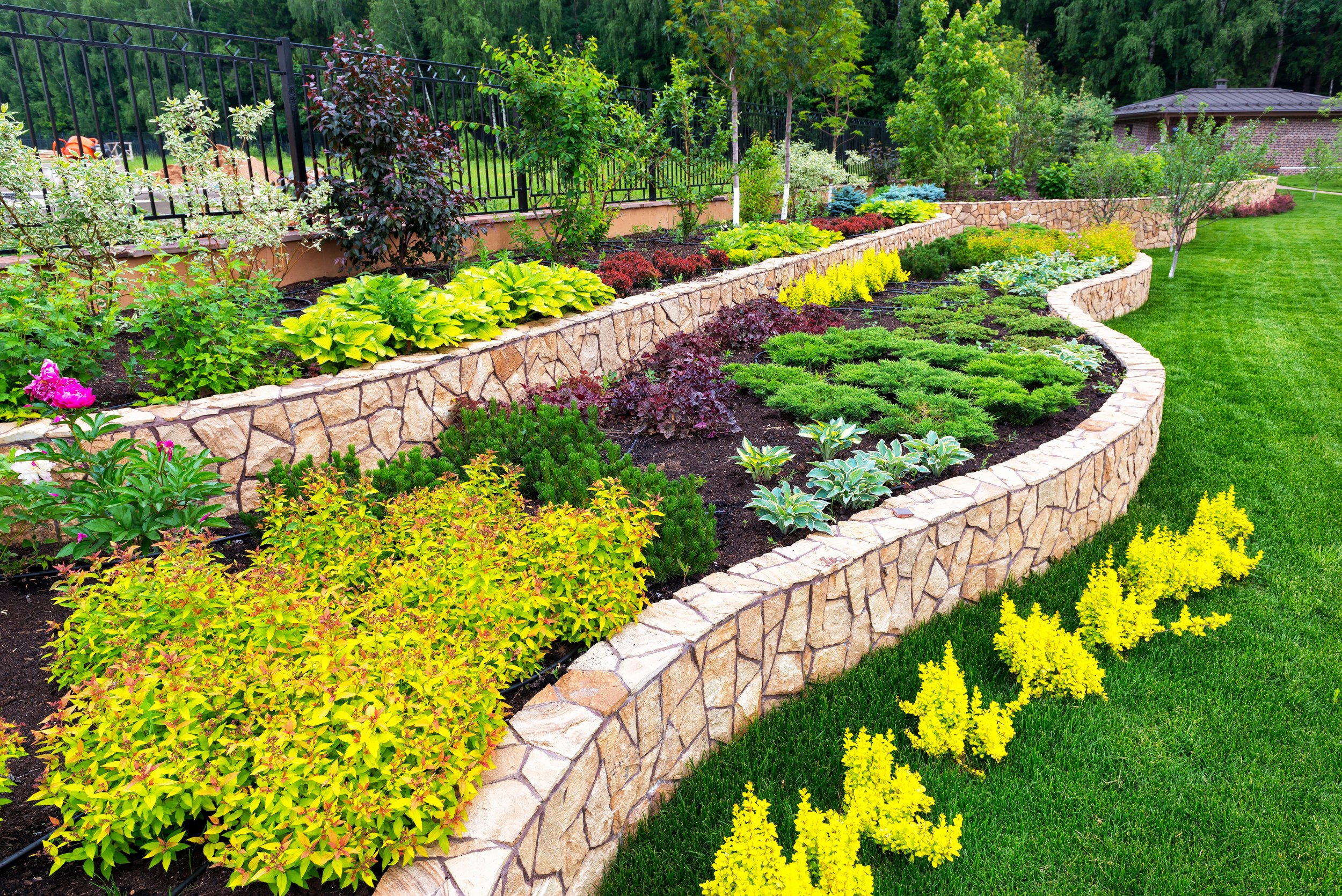Some Known Details About Hilton Head Landscapes
Table of ContentsThe 3-Minute Rule for Hilton Head LandscapesAbout Hilton Head Landscapes8 Simple Techniques For Hilton Head Landscapes5 Simple Techniques For Hilton Head LandscapesHilton Head Landscapes Things To Know Before You BuySee This Report on Hilton Head Landscapes3 Easy Facts About Hilton Head Landscapes Shown
Line creates all kinds and patterns and can be made use of in a selection of methods the landscape. Line in the landscape is developed by the side between two products, the rundown or silhouette of a type, or a long direct feature. Lines are a powerful tool for the designer since they can be made use of to create a limitless range of forms and types, and they control activity of the eye and the body.

Lines in the landscape. The buildings of lines determine exactly how individuals respond to the landscape, both emotionally and physically.
Things about Hilton Head Landscapes
Rounded lines develop a casual, all-natural, kicked back character that is linked more with nature and unbalanced equilibrium. Rounded lines relocate the eye at a slower pace and add enigma to the area by producing hidden sights.
Upright lines in the landscape consist of high, narrow plant material, such as trees, or high frameworks, such as an arbor or a bird house on a pole. Straight lines relocate the eye along the ground airplane and can make a space feel larger. Reduced lines are more restrained and produce a sensation of rest or repose.
The Hilton Head Landscapes PDFs
Reduced lines are produced by low garden walls, walkways, and brief bushes. Lines are used to draw forms on a plan. In plan sight, they define plant beds and hardscape locations. Lines are likewise developed by the upright forms of constructed functions and plant material. There are 3 key line types that develop form in the landscape: bedlines, hardscape lines, and plant lines.
Bedlines connect plant material to the house and hardscape due to the fact that the eye follows the line, moving the look through the landscape. Hardscape lines are created by the side of the hardscape, which delineates the constructed structure. Line can likewise be created by long and slim products, such as a fence or wall.
Our Hilton Head Landscapes Statements
Kind is located in both hardscape and plants, and it is commonly the dominant visual aspect that spatially arranges the landscape and often establishes the style of the garden. The type of structures, plant beds, and garden accessories also establishes the total kind motif of the garden. Formal, geometric kinds consist of circles, squares, and polygons.
Plants produce type in the yard through their describes or silhouettes, but type can likewise be defined by a gap or adverse area in between plants - landscape design hilton head (https://hub.docker.com/u/h1tnhdlndscps). Circles can be full circles, or they can be divided into half circles or circle sections and integrated with lines to produce arcs and tangents
Some Known Factual Statements About Hilton Head Landscapes
Circles can likewise be extended into ovals and ellipses for even more range and interest. Circles are a solid style kind because the eye is constantly drawn to the center, which can be used to highlight a centerpiece or attach other forms. Figure 2. Round forms in hardscape and yard panels.
The square kind can also be fractional and pre-owned repetitively to develop a grid pattern. Unlike circles, squares are more powerful on the sides, which can be lined up or overlapped to create special patterns and even more intricate kinds.
Meandering lines typically mimic the natural program of rivers or streams and can be called smooth lines with deeply bent wavinesses. Twisting lines (Number 3) work well for pathways, plant bedlines, and dry stream beds. Meandering lines can add interest and enigma to a yard by leading visitors around edges to uncover brand-new sights and rooms.
Excitement About Hilton Head Landscapes

Usual plant kinds are well established and standardized, as form is the most constant and identifiable characteristic of plants. Form can additionally be developed with the massing of plants, where the overall mass develops a different kind than an individual plant.
A highly contrasting kind must be made use of with careone or more job well as a focal point, however way too many produce chaos. Natural plant forms, rather than over-trimmed types, must additional info establish the bulk of the composition. The relevance of general type is essentially based on the watching perspectivethe form of a tree can appear quite different to an individual standing under the cover versus watching the tree from a range in an open area.
The Best Strategy To Use For Hilton Head Landscapes
Plant kinds also produce and specify the void or open spaces between the plants, developing either convex or scooped kinds in the voids. High-arching tree branches generally produce a concave open area under the branches, and a round canopy with low branches loads the room to create a convex form outdoors room under the tree.
